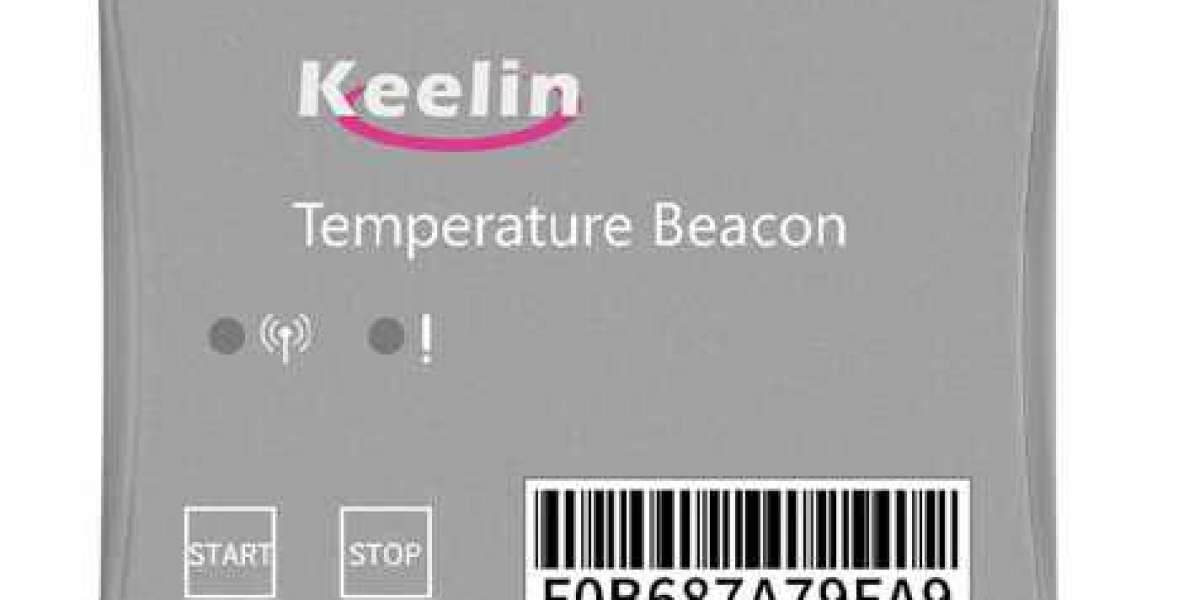The Need for Smart Cities
The Urbanization Challenge
As populations continue to flock to cities, urban planners face unprecedented challenges in managing resources, infrastructure, and services efficiently. Traditional approaches are no longer sufficient to meet the demands of modern urban living.
The Promise of Technology
Technology offers a solution. By harnessing data, connectivity, and automation, cities can transform into smart, efficient hubs that enhance the quality of life for residents, promote sustainability, and optimize resource allocation.
Key Technologies in Urban Planning
Internet of Things (IoT)
The IoT involves connecting everyday objects and devices to the internet. In urban planning, IoT sensors can monitor traffic, air quality, waste management, and energy consumption in real time, providing data for informed decision-making.
Big Data and Analytics
Big data analytics enable cities to process vast amounts of information to identify trends, patterns, and areas for improvement. It aids in traffic management, predicting maintenance needs, and optimizing public services.
Smart Grids and Energy Management
Smart grids use technology to manage energy distribution efficiently. Cities can reduce energy waste, lower costs, and promote sustainability by integrating renewable energy sources and enabling demand-response systems.
Urban Mobility Solutions
Technological advancements have led to innovative transportation solutions, such as ride-sharing, electric scooters, and autonomous vehicles. These options reduce congestion, lower emissions, and improve overall mobility.
The Smart City Ecosystem
Smart Infrastructure
Smart infrastructure includes digital communication networks, smart street lighting, and intelligent waste management systems. These elements create a connected environment that responds to the needs of residents.
Smart Governance
Digital platforms enable transparent and efficient governance. Citizens can access government services, participate in decision-making, and report issues through mobile apps and websites.
Smart Public Services
Cities use technology to enhance public services, from healthcare and education to public safety and emergency response. These improvements lead to better quality of life for residents.
Challenges and Considerations
Privacy and Security
The collection of vast amounts of data raises concerns about individual privacy and data security. Robust measures are essential to protect sensitive information and ensure public trust.
Digital Divide
Not all residents have equal access to technology. Bridging the digital divide is crucial to ensure that the benefits of smart cities are inclusive and accessible to all members of the community.
Sustainability
While technology can promote sustainability, it also requires energy and resources. Smart cities must strike a balance between efficiency and environmental impact.
Conclusion
The integration of technology in urban planning is transforming cities into smart, efficient, and sustainable environments. Through the use of IoT, big data analytics, energy management, and innovative urban mobility solutions, cities can address the challenges of rapid urbanization. The smart city ecosystem encompasses infrastructure, governance, and public services, creating a holistic approach to urban development.
However, challenges like privacy, the digital divide, and sustainability must be addressed. Smart cities must prioritize transparency, accessibility, and environmental responsibility to ensure a better quality of life for all residents. As technology continues to evolve, the vision of smart cities will become a reality, reshaping urban landscapes for generations to come.








